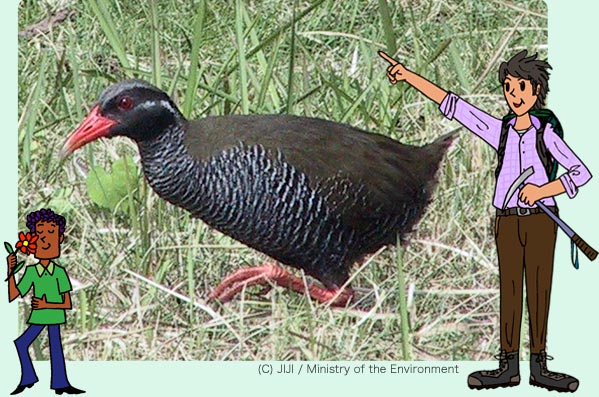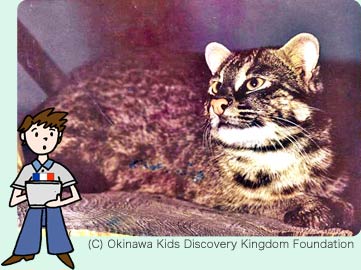
Iriomote Island is located in the southern Japanese prefecture of Okinawa and is the only native habitat of the endangered Iriomote cat. Because they had no natural enemies, Iriomote cats used to thrive on the island, with a vast subtropical rainforest to submerge themselves in. But these days Iriomote cats face such dangers as getting hit by cars or having their food eaten by stray cats.

The Okinawan rail is another species in danger of extinction. This nearly flightless bird is only found on the north side of the main island of Okinawa, but it is being threatened by small Asian mongooses and stray cats who hunt it for food. The mongooses are a non-native species; they were originally introduced to get rid of poisonous snakes. But the mongooses prefer to eat the rails, which are much easier to catch. It's not just the rails, either—the Amami rabbit is also being threatened with extinction by the non-native mongooses.
The Ogasawara Islands are located 1,000 kilometers south of Tokyo and are known as "the Galapagos of the Orient" because so many of the plants and animals found there are unique. However, one of these unique species, a rare kind of dragonfly, now faces extinction because of the introduction of the green anole, a small lizard from North America.
Indigenous species often have no natural defenses against stronger non-native animals and find it impossible to survive if their ecosystems are invaded. To protect indigenous plants and animals from extinction, it is important to figure out ways of keeping non-native species out of their habitats.










